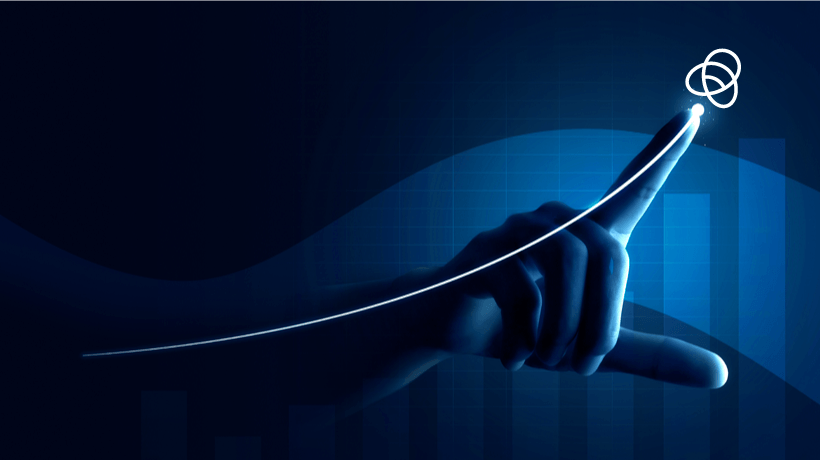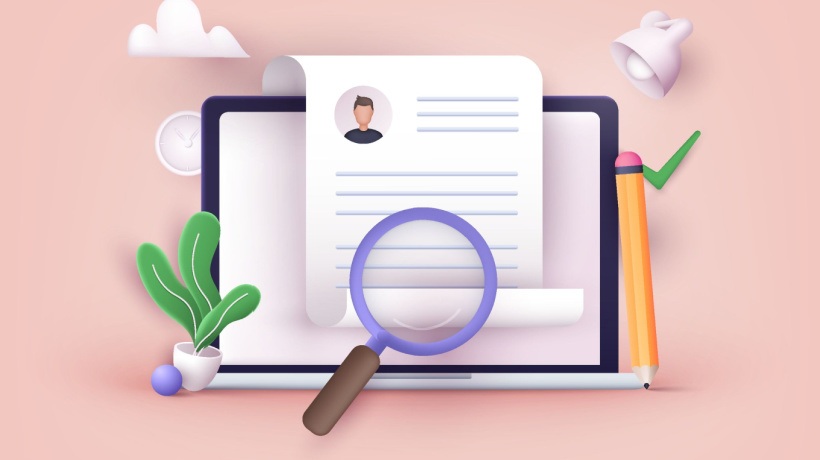The Future of HR software
The future of HR software is changing quickly, but before we examine it, let’s talk about the past.
Remember performance reviews? Once a year management asked you to express your primary departmental goals — as well as those of the company. Remember scratching your head to come up with the best goals to insert there, while asking yourself whether you are even aware of the bigger corporate goals you are supposed to promote?
You asked yourself what could these three personal goals be? Can they be met? Should they be aspirational or concrete? At night, the million dollar question haunted you: what would your manager think of the three goals you will choose? The next day, at work, you entered your goals in an 8-point font (it strained your eyes). You emailed your boss to say you had just submitted the performance goals. You hoped for the best.
Mark Andreessen said in 2011 that software is eating the world. It certainly is – even in sectors where it was not considered an option - and it seems that together with cultural changes emanating from the wearable technology world, software is going to eat HR too, changing performance management. Thankfully, it seems that everyone in HR is keen on getting HR software to eat something because the previous generation’s HR software has not aged well. With HR software available on the cloud, adoption cycles are quick drivers of change.
This is where we believe HR software is going:
The quantified self
“Quantified self” is a term coined by Gary Wolf and Kevin Kelly, Wired magazine’s editors, referring to the collaboration of users and tool makers to advance self-knowledge through self-tracking. Tracking calories, steps, moods, runs and more. A simpler definition? Think about the rise of activity trackers such as Fitbit, nike fuel and jawbone, wireless-enabled wearable products, meditation, food consumption and self-discovery apps and their astounding ability to impact our behavior. The potential behind the concept of tracking people’s activities has caught the attention of HR software innovators too. The stuff that used to be the business of oddballs (tracking their sleep or calorie intake) is capturing everyone’s attention and changing us in the process. In the HR world, the quantified self is about tracking goals and also quantifying the inner emotional life of employees.
Employees are emotional beings
Harvard Business School’s Teresa Amabile and Steven J. Kramer talk about enhancing performance by focusing on the individual’s “inner work life” where “people experience a constant stream of emotions, perceptions, and motivations as they react to and make sense of the events of the workday.”
Essentially, if managers enable progress by giving employees a safe emotional workplace, they enhance every aspect of their inner work lives, which in turn benefits the entire organization and leads to even more progress. Fitting this mindset when thinking of goal setting and performance management means letting go of certain practices that may leave employees feeling belittled or unappreciated - in enterprise gamification or outside of it. Thinking of the inner work life also creates more transparent processes of evaluation, and more emphasis on feedback, collaboration and communication with employees.
Aligning people, setting goals
Some of the leading companies — from LinkedIn to Google, Twitter, Zynga, Oracle and Sears — have revolutionized the way they align their teams and establish objectives. How? They adopted the OKR (Objectives and Key Results) method invented by Intel’s Andy Grove. Judging by their success, we have something to learn. OKR works on an individual level, team level, and organizational level. Every quarter as opposed to once a year, everyone is invited to state their objectives, while the key results they also set will be used to measure whether the objectives have been achieved. In the spirit of transparency, everyone’s objectives and key results are visible to everyone else, driving a significant change in culture and awareness of corporate goals.
By using a platform based on OKR principles, BetterWorks raised $ 15.5 M in September. According to the company’s co-founder, Kris Duggan:
“The inspiration for our dashboard and this product, in a way, is the concept of a Fitbit for work… In other words, it’s the concept of quantified self, regular monitoring made engaging and encouraging.
This isn’t HR software. Most HR companies aren’t thinking of operations. But this is not about performance reviews and all that stuff…
The concept is inherently social — you share your goals with team members by default, unless you set them to private, and you invite others along to participate if they are team efforts, so that they become everyone’s objectives.”
A flatter world
Organizational hierarchies run with top-down-only methods of operand are no longer feasible. Corporates are downsizing and outsourcing. Employees work from home, and their interaction with management has completely changed — after all, working remotely means no managers are pacing the corridors and constantly peering over your shoulder. It’s about trust, as employees need to track and state their headway in achieving targets. This explains the blossoming of productivity tracking, enterprise gamification, project and collaboration software, social networks for companies and more. The manager isn’t tracking the employee: and it isn’t the software only either. It is the combination of the human need to do well at work (the individual’s drive) and the tracking and transparency that software provides.
So what does the future hold?
Given this new thinking about HR and employee engagement, enterprise gamification will have to change its focus from simply driving competition. While competition remains important, human behavior and actions are complex, involving emotions that are ever-present at work and cannot be ignored if companies want happy, aligned, and truly motivated employees driven to achieve corporate goals.
Gamification is still an extremely valuable tool with huge potential, but it will need to adapt to a new world of flatter organizations with improved communication that encourage and empower individuals to learn, grow and excel both as employees and as human beings. Gamification’s focus will deepen, become more research based, and will focus on driving complex behaviors and thoughtful actions – and on training








